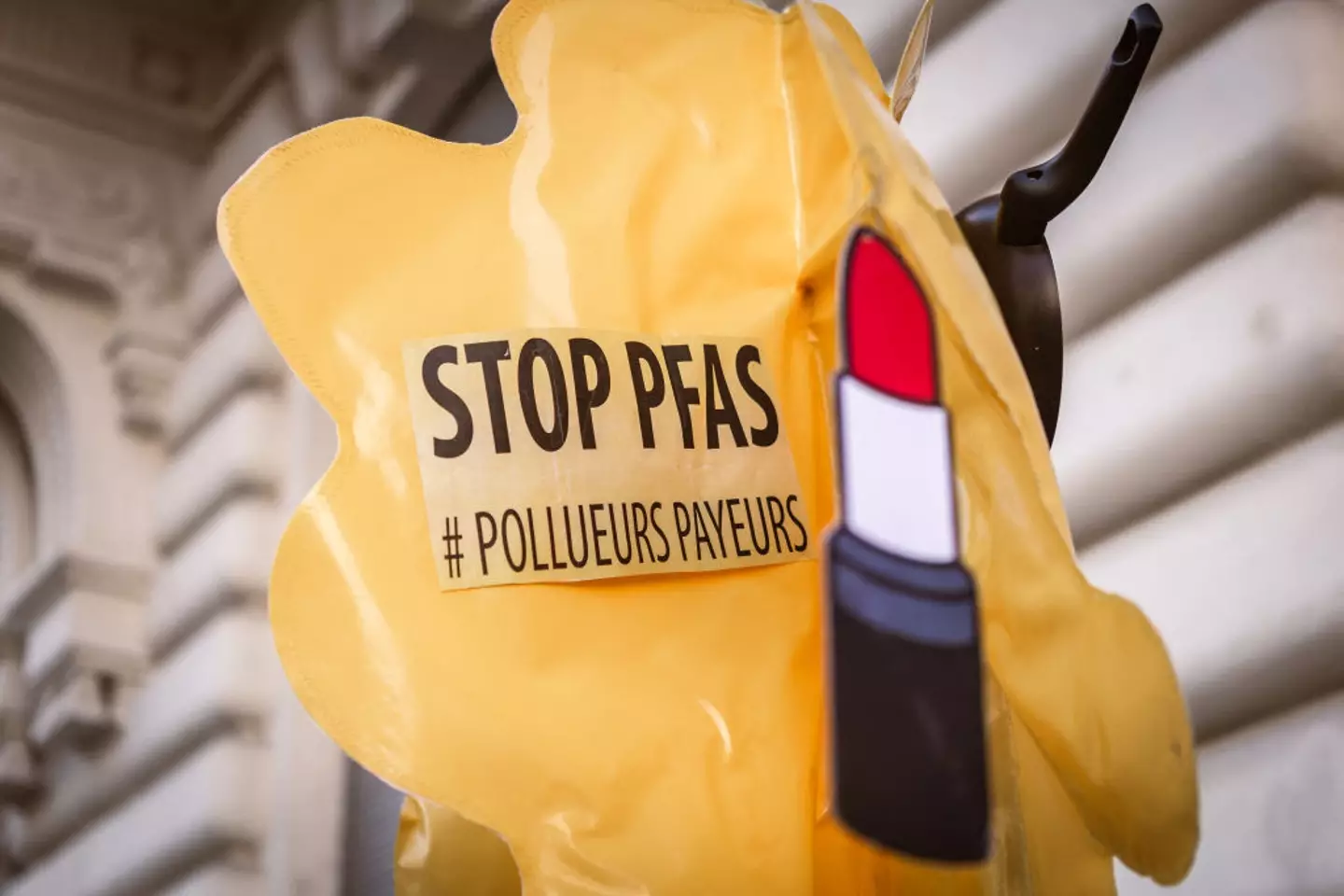
Scientists are sending a new kind of message to beer lovers, and it’s one that might make you think twice before ordering your next pint.
Over the past few years, more and more people have started paying attention to so-called 'forever chemicals,' officially known as per- and polyfluoroalkyl substances, or PFAS.
Searches for PFAS have skyrocketed seven-fold in just five years, proving that what once seemed like a niche science topic is now firmly in the public eye.
You’ve probably heard of PFAS in the context of non-stick pans, microwave popcorn bags, or even waterproof athletic wear. They’re the chemicals that repel oil, water, and stains, and have been around in consumer products since the 1950s.
Advert

As per Food & Wine, these substances are prized for their versatility, showing up in everything from beauty products to electronics because they provide thermal stability, friction reduction, and just about any other kind of chemical wizardry you can imagine.
"PFAS is one of those super chemicals that can do just about anything, from making sure that your food doesn't stick to your pan to letting you wear a piece of clothing that can wick away water and just about anything in between," said Dr. David Nadler, research assistant professor at New York Institute of Technology. "History shows us that these types of super chemicals that can do anything tend to be the most hazardous."
And here’s where beer enters the story. A new study published in April, titled Hold My Beer: The Linkage between Municipal Water and Brewing Location on PFAS in Popular Beverages, found that PFAS aren’t just lurking in cookware or clothing — they’re in your pint. The research looked at beers brewed in regions across the United States, including North Carolina, Michigan, Colorado, California, Massachusetts, Pennsylvania, Wisconsin, and Missouri, as well as international beers from Mexico and the Netherlands.
Advert
“As an occasional beer drinker myself, I wondered whether PFAS in water supplies was making its way into our pints,” research lead Jennifer Hoponick Redmon said in a statement. “I hope these findings inspire water treatment strategies and policies that help reduce the likelihood of PFAS in future pours.”
Using an Environmental Protection Agency method adapted for 23 different beers, her team found that PFAS showed up in 95% of the samples.

The highest levels appeared in beers brewed near North Carolina’s Cape Fear River Basin, an area with known PFAS pollution. PFOS and PFOA, two particularly infamous PFAS compounds, were detected in many of the beers tested.
Advert
So, what does this mean for your health?
"One of the main outcomes is suppression of your immune responses after you get a vaccine," said Dr. Jamie DeWitt, the director of the Environmental Health Sciences Center at Oregon State University, who has long studied the human immune response to PFAA.
"The type of suppression that has been observed from PFAS and other environmental chemicals would be considered clinically to be mild to moderate. It doesn't mean that people are going to immediately get sick and immediately have problems, but we know from studies of people who are mildly to moderately immunosuppressed that there is an increased risk of infection and there is an increased risk of other types of diseases such as cancer."
Unfortunately, there’s no sure-fire way to avoid PFAS in beer except not drinking it at all.
Advert
While water is likely the main source, the study notes that other contamination points may exist in the brewing process. Researchers urge brewers to identify and remove these sources to reduce PFAS levels, which would improve product safety and maintain consumer trust.
That said, it’s important not to panic. The levels found in beer aren’t necessarily harmful in moderation, and many factors — including the amount you drink — affect potential risk.
Staying informed is key, and this study is an important step toward understanding where these chemicals come from and how breweries can take responsibility to keep our pints safer.
Topics: Health
